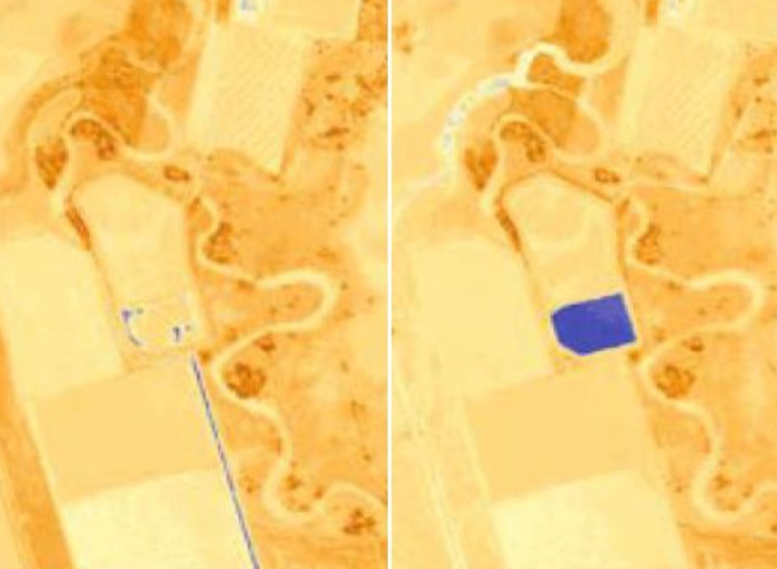CSIRO drives water forecasts
 Australian technology is being used to forecast water quality in California.
Australian technology is being used to forecast water quality in California.
The San Francisco Bay's essential water body for agriculture and ecosystems, the Sacramento-San Joaquin River Delta, is now a test site for AquaWatch Australia.
This initiative, led by Australia's national science agency, CSIRO, involves collaboration with key Californian institutions including the University of California Davis, University of California Merced, and the USGS Water Science Laboratory.
CSIRO's AquaWatch Australia project aims to deliver comprehensive water quality updates and forecasts. This project is part of a broader effort that includes seven test sites across Australia and additional sites in Italy, Malaysia, and the UK.
CSIRO says testing AquaWatch in diverse environments helps refine the system for both domestic and international applications.
AquaWatch aims to become a pioneering system integrating data from water sensors and satellites.
By processing this information with advanced analytics, it provides near-real-time monitoring and forecasts of water quality. Additionally, the project supports global commitments to the UN Sustainable Development Goals.
At the Sacramento-San Joaquin Delta, a specialised CSIRO water quality sensor has been installed where the rivers merge. This sensor is crucial for monitoring water used in agriculture and protecting the delta's ecosystems.
“Using the sensor, we can estimate turbidity, an important water quality measurement for the critically endangered fish, the Delta smelt. It can also be used to give insight into where contaminants of concern, such as mercury, may travel,” says Dr Erin Hestir of UC Merced.
The data from this sensor will be validated and calibrated with satellite information, providing a comprehensive perspective on water quality across the Delta.
This effort is part of a broader Memorandum of Understanding signed between the Australian and Californian governments last year, aimed at enhancing climate action and environmental monitoring.








 Print
Print